How To Press Rosin for the Best Clarity, Yield, and Potency
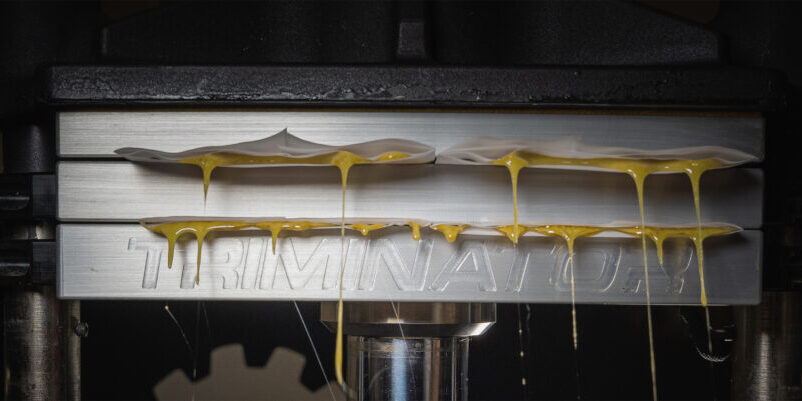
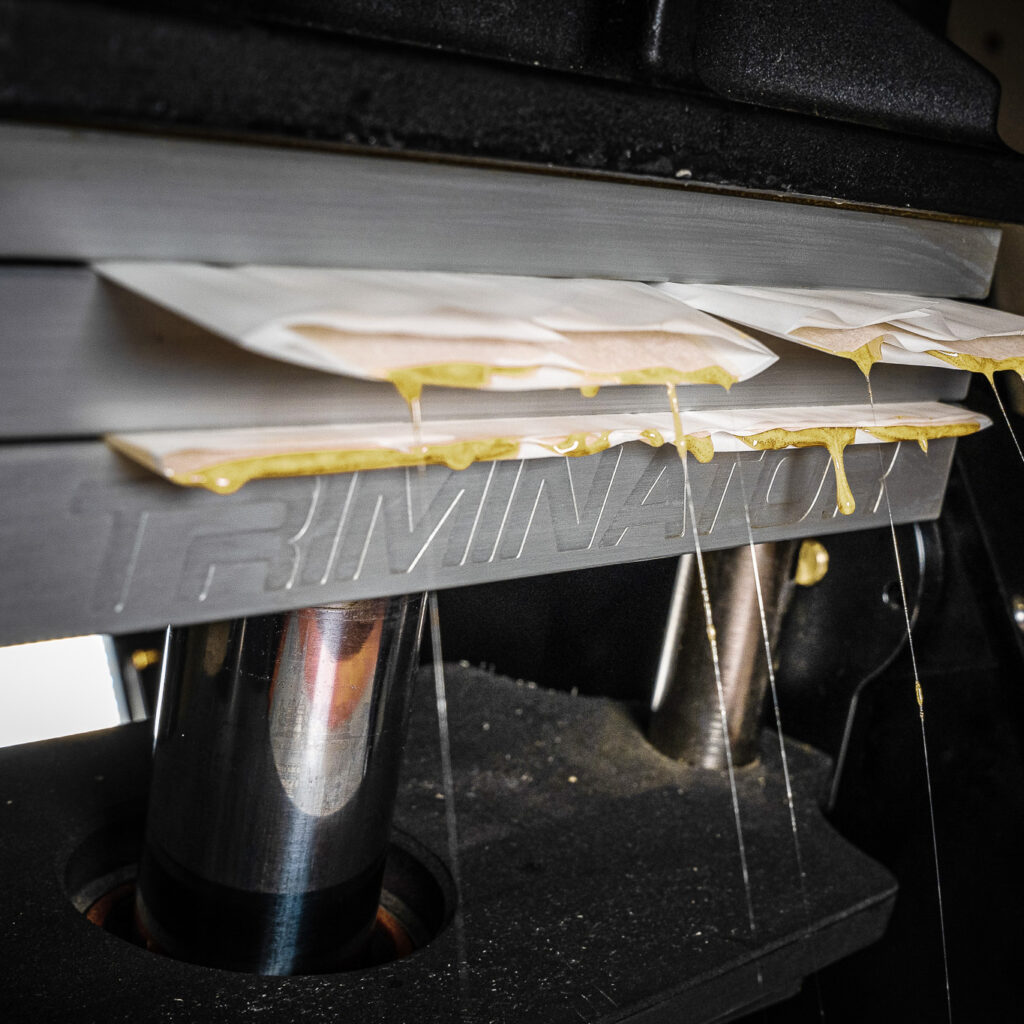
Rosin represents one of the most valuable opportunities for cannabis cultivators in the current market. In 2023, rosin accounted for 14% of all dollar dabbable sales in the market, and demand for solventless, high-quality products continues to grow.
While pressing rosin is often a straightforward process, it does require an investment in the right equipment, method, and strategy. Whether you’re pressing kief rosin, hash rosin, or flower rosin, the right technique will ensure you can leverage the full profit potential of the rosin market.
Here, we’ll guide you through pressing rosin for the best clarity, yield, and potency to enhance your brand’s reputation and sales.
How to Press Rosin: The Basics
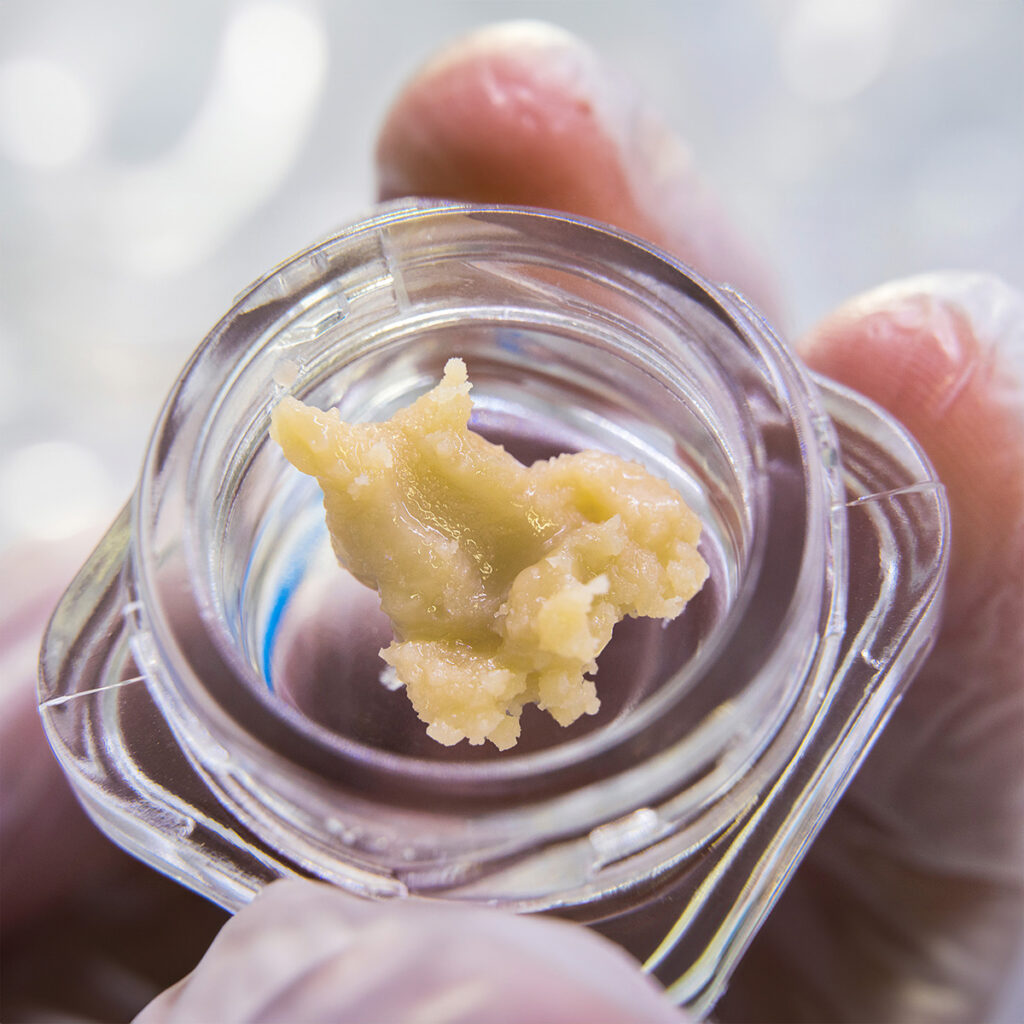
Rosin pressing is a simple method of extracting desired compounds from processed or fresh flowers using heat and pressure. It’s one of the most popular and effective ways to produce a pure, solventless concentrate, beloved by consumers for its potency and versatility.
You can produce rosin to extract more value from kief, unlock new sales opportunities for your cannabis flower, and reach a wider audience. First, however, you’ll need the right equipment and process.
Crucial Equipment for Pressing Rosin
Producing rosin extracts requires an investment in specialized equipment. The exact equipment you need will depend on the type of cannabis concentrate you want to produce, your budget, and the scale of your operations. Three of the core pieces of equipment that will be essential to your process are:
The Rosin Press
Rosin presses are a type of commercial solventless extraction equipment that apply force to plant material to extract quality rosin. There are three standard types to choose from:
- Pneumatic rosin presses: A rosin press that uses air pressure to apply force. Common in high-volume production facilities, these presses can extract rosin with minimal effort. However, they require an air compressor for operation.
- Hydraulic rosin presses: Hydraulic presses use hydraulic cylinders to generate pressure. They’re exceptionally powerful and can be ideal for both small and large-scale operations. For most cultivators, hydraulic presses offer an excellent combination of power, consistency, and ease of use.
- Manual rosin presses: Manual rosin presses rely on physical force applied by the user for rosin extraction. Though they can be challenging to use in high-scale environments, they offer extra control over the extraction process.
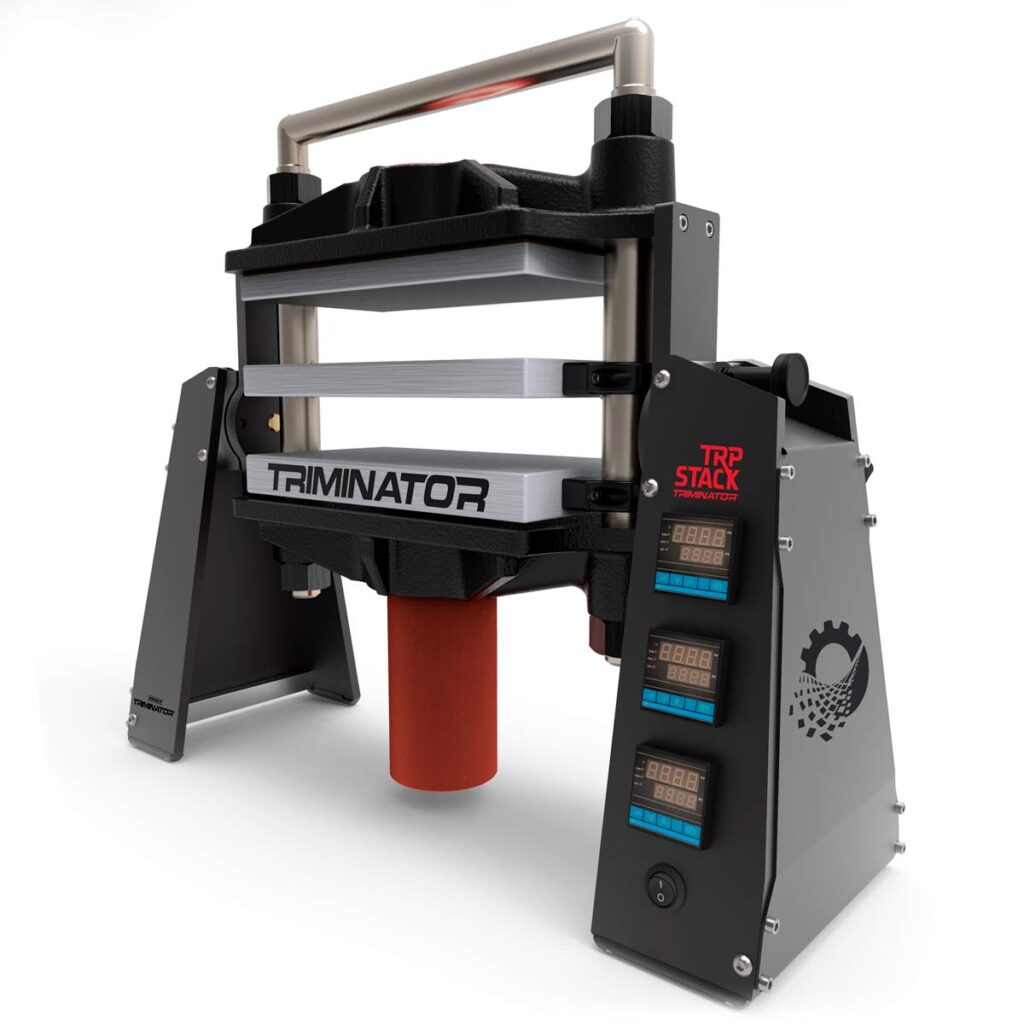
Typically, manual presses are ideal for hobbyists and smaller operators, thanks to their affordability and simplicity. They also offer direct control over the way you press rosin but require more physical effort, training, and special skills to deliver consistent results. Hydraulic presses, on the other hand, provide greater pressure with less effort, making them ideal for larger operations.
Designed with the producers in mind, Triminator rosin presses are available in varying sizes to accommodate different scales of operations. We offer two different sizes of rosin presses—the TRP Rosin Press and TRP Stack Rosin Press—to suit the scale of any production facility.
Rosin Heat Press Plates
On a rosin press, the heat plates allow the extractors to apply a specific level of heat to the plant material, facilitating faster rosin extraction. However, precise temperature control is crucial, as excessive heat can degrade the quality of the rosin, harming potency and flavor. Protect the sensitive cannabinoids and terpenes by keeping your process within a specific temperature range based on the material you are extracting.
Rosin Accessories
Various accessories can help to enhance the rosin extraction process and ensure companies remain compliant with industry and consumer standards. For instance:
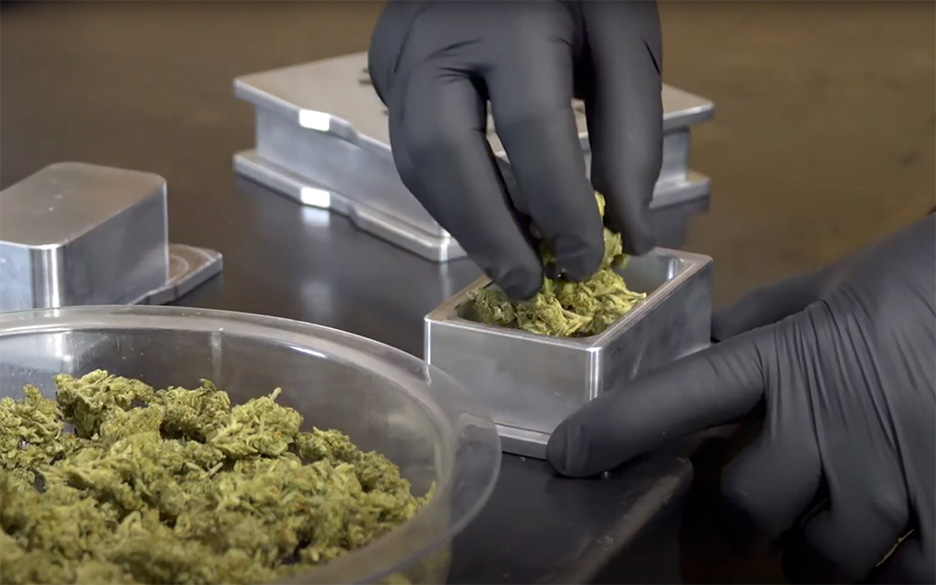
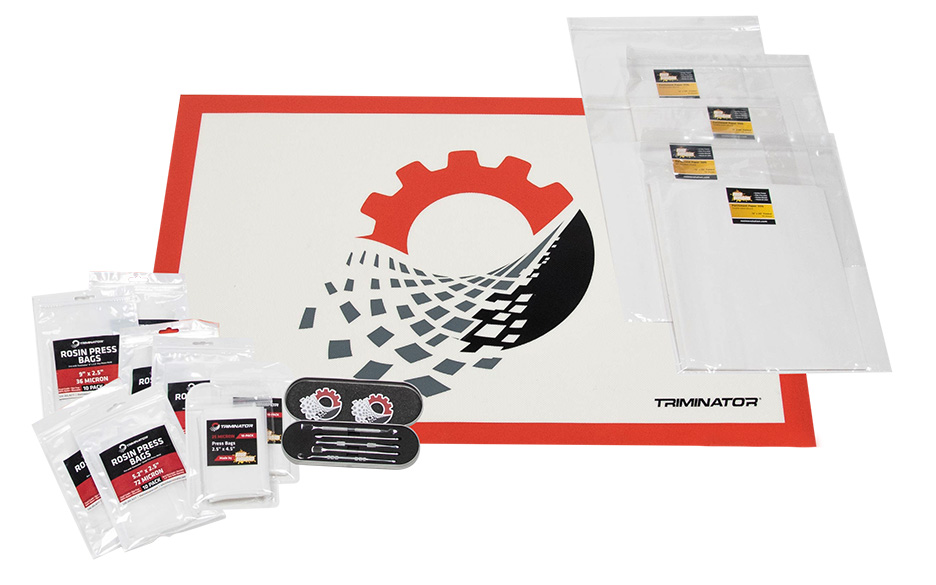
- Press bags: Created with fine mesh, press bags hold the plant material during extraction, helping to filter out plant matter and ensure a cleaner product. We usually recommend 25-36 microns (depending on the source material). The smaller the mesh, the easier it will be to filter out excess plant matter that could cloud your rosin.
- Pre-press molds: Pre-press molds compact the cannabis flower material before pressing, allowing a more uniform and efficient extraction from the starting material.
- Parchment paper: Used to collect the rosin product, parchment paper prevents the cannabis rosin from sticking to rosin plates and the press, making extraction simpler.
The Rosin Pressing Process
Producing high-quality rosin requires a carefully established process. While the nuances of your strategy may vary, the following steps will be critical to the extraction process.
1. Choose the Type of Rosin to Produce
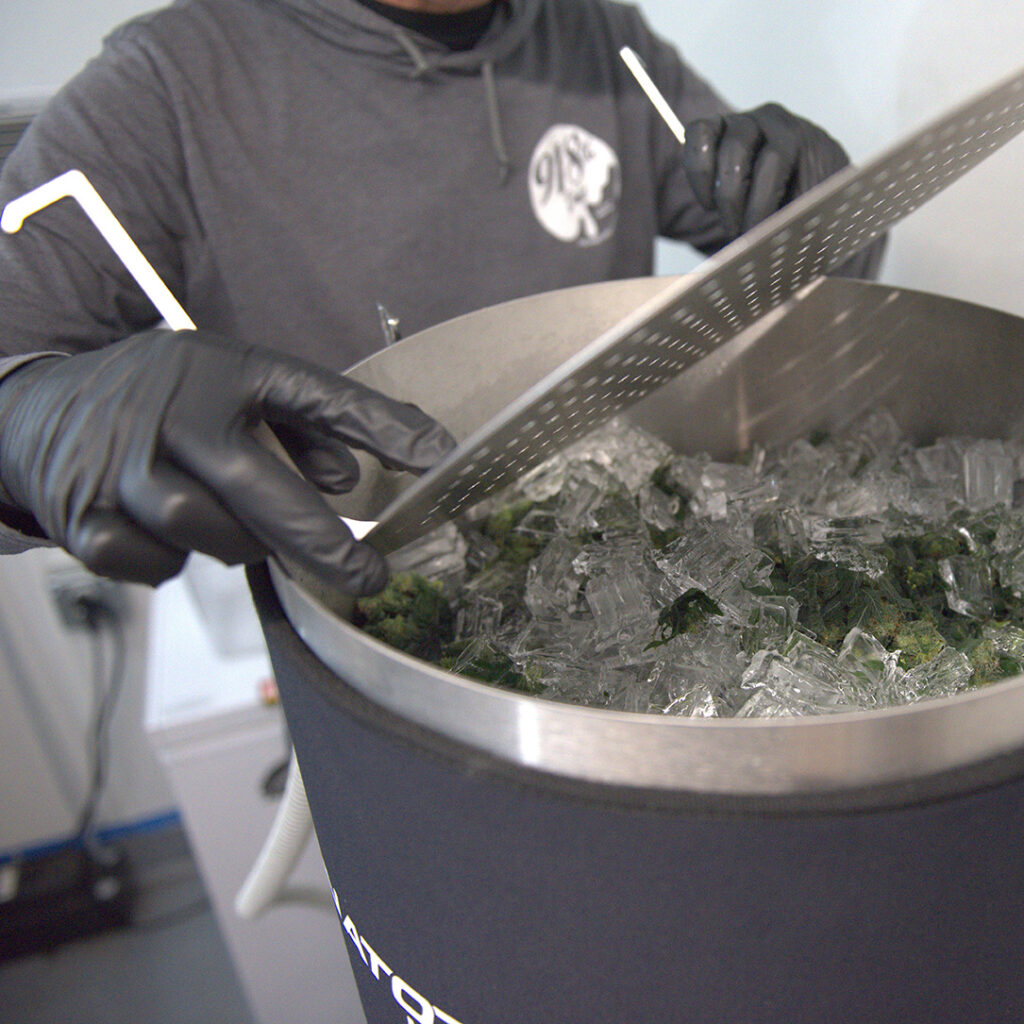
First, establish which type of rosin you’ll be producing. Live rosin, made from fresh flower or bubble hash, is often prized for its high terpene content, rich flavor profile, and aroma. Flower rosin, produced from cannabis buds, is also popular for its simplicity and accessibility. Alternatively, you may choose to create kief rosin, known for its terpene potency and purity.
Keep in mind that different types of material can produce different yields. Live flower usually has the lowest overall yield due to the presence of additional plant material. Bubble hash, on the other hand, can generate the highest yield due to the nature of the processing method.
In some cases, you may choose to produce various different types of rosin for different groups of consumers. In this case, ensure you have the right equipment and materials.
2. Select and Prepare Your Material
Regardless of which type of rosin you choose to create, selecting high-quality starting material is crucial. Fresh, well-cured flowers or high-grade hash or kief will often deliver the best results. If you want exceptional potency, choose flowers with high cannabinoid levels or top-quality hash and kief.
Curing your plants before processing will improve the quality of your rosin by eliminating additional moisture and plant materials, improving clarity. Curing can also enhance potency. Some studies show proper curing can increase certain cannabinoids by 2% and CBD content by 3%.
When curing, maintain proper hydration. This helps to reduce the risk of dry and burnt rosin. For pressing dried flower, look for a moisture content between about 10-15%, and relative humidity between 58-65% to keep the material pliable and retain its essential oils. Use a hygrometer and a cannabis moisture meter to monitor and maintain appropriate humidity and moisture levels.
Whether you’re using flower, kief, or bubble hash, ensure the material is free of any mold or mildew and properly cured. Exceptional curing will help control the moisture content of the rosin and remove additional sugars and starches from chlorophyll degradation.
3. Preheat the Rosin Press
Set your rosin press to the correct temperature based on your cultivar and product requirements. Depending on the type of material being pressed, temperatures between 130-220°F are typically ideal, as they can help preserve terpenes and flavor. Low temperatures can also prevent the extraction of unwanted plant materials that may cloud your rosin, improving clarity.
Higher temperatures can increase the liquidity of your rosin, leading to faster extraction, but it’s important to be cautious about how much heat to apply. Consider the cultivar carefully, its moisture level, resin richness, and other factors, to select the right temperature.
4. Load the Press Filter bag

Place the prepared material into the correct filter bag with the right micron size for your specific flower and requirements. These bags will help to contain the material and filter out excess plant matter throughout the pressing process.
Ensure the material is evenly distributed throughout the bags to prevent blowouts caused by uneven pressure. A pre-press mold can also help compact the material before it is placed into extraction bags for better uniformity.
5. Press the Plant Material
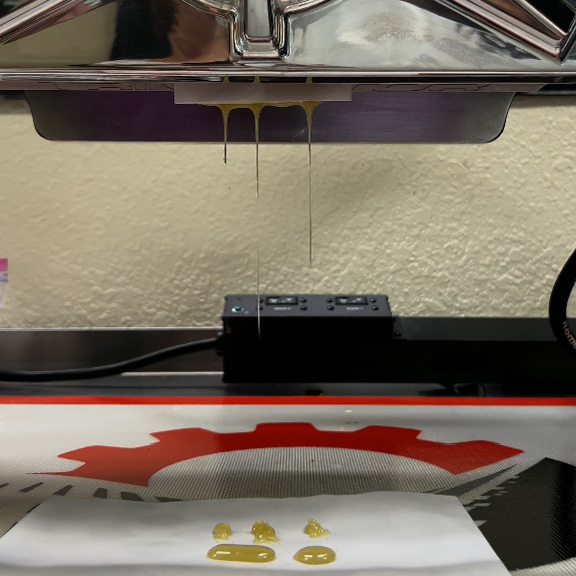
Place your loaded press bags between sheets of parchment paper and position them carefully within the preheated press. Apply pressure gradually and carefully. Start slowly to allow the material to heat evenly, and when the rosin begins to flow, maintain steady pressure. Depending on the temperature and material, this process will usually take up to 5 minutes.
Apply pressure carefully when pressing your rosin. Applying a lower level of pressure to your cannabis flower should help you extract the most rosin possible.
Start with the lowest pressure and gradually increase as needed to allow for thorough rosin extraction with minimal damage to the product. Gradual pressure will ensure a thorough extraction process while preserving the potency of the rosin. Additionally, limiting the pressing duration (to around 60–120 seconds) will help to minimize the risk of overheating and cannabinoid degradation.
6. Collect, Store, and Cure the Rosin
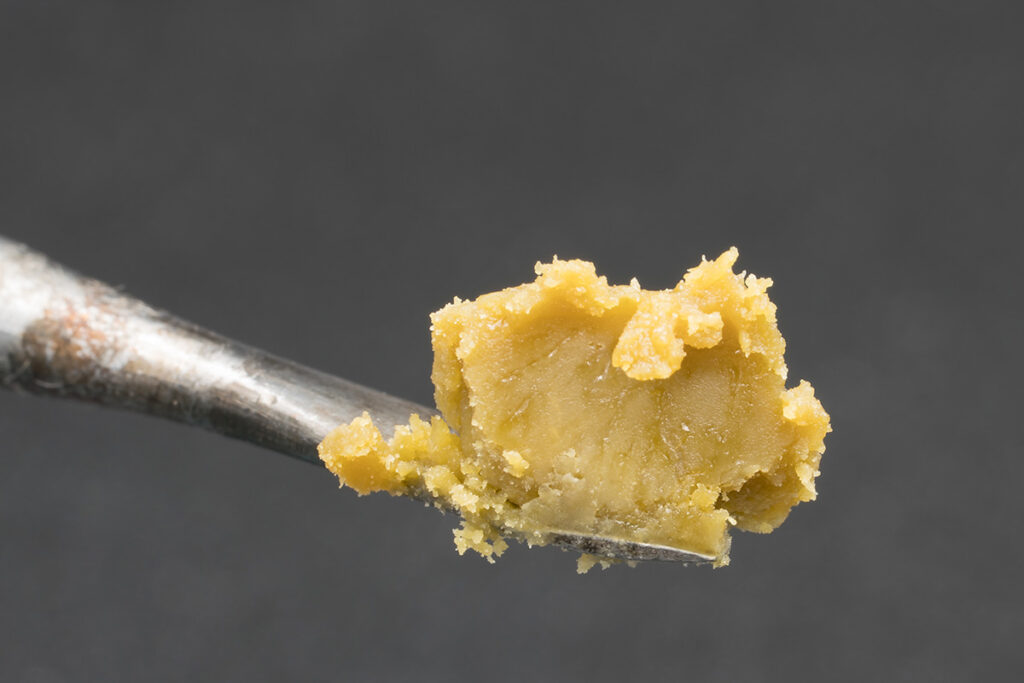
After the pressing process is complete, remove the parchment paper carefully and gather the extracted rosin. Seal the rosin in an airtight container and store it in a dark, cool place to preserve potency and quality. Curing your rosin will help to enhance its flavor, texture, and quality.
Cold-curing rosin is an excellent way to preserve terpenes and deliver a stable, buttery texture for your final product. Warm or heat curing can enhance consistency but may slightly alter the flavor profile of your rosin.
How to Achieve Better Results with Rosin Pressing
Whether you’re pressing rosin from flower, hash, or kief, your focus should always be on choosing the highest-quality starting materials and equipment.
However, your strategy may vary depending on the type of material you use. Here are some tips for achieving better results with each type of material.
Tips for Pressing Rosin from Cannabis Flower
Getting the best rosin from cannabis flower requires careful attention to detail, and specific techniques to enhance quality and yield. Here are some tips for success:
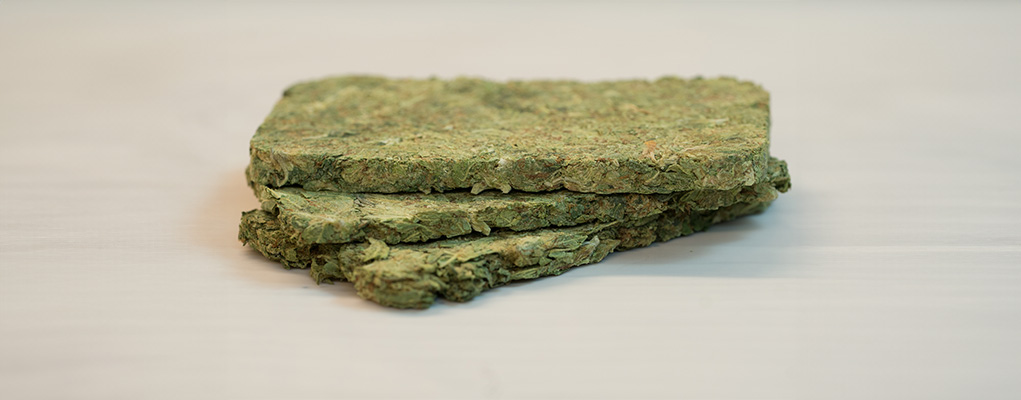
- Consider the cultivar carefully: Choose a highly resinous, terpene, and cannabinoid-rich flower for excellent yield and potency. Make notes about different plant strains after pressing to prepare for future batches more effectively.
- Preparation: Begin with high-quality, well-cured cannabis flowers. The relative humidity should be around 62% to ensure optimal rosin yield and quality. Too dry or too wet flower can negatively affect the extraction process.
- Proper grinding: Gently break down the buds by hand or with a light grind. Over-grinding can lead to an increase in plant matter in your rosin, resulting in a less pure product. Use small mesh bags to package your flowers to filter excess plant material. Pre-pressing the flower will also help to improve results.
- Filter bags: For pressing flower, slightly larger micron bags can be used to ensure a seamless press with no blowouts. Typically 75 microns and higher is recommended for pressing flower to rosin.
- Temperature settings: Temperatures between 170°F and 220°F are usually ideal for cannabis flowers. Lower temperatures produce more flavorful, aromatic rosin and help protect against the risk of burning your plant’s matter.
- Pressure settings: Start very slowly when applying pressure to the flower. Aim for a gradual increase, starting with lighter pressure and slowly increasing to around 600-1000 psi. Too much pressure too quickly can result in blowouts and a lower-quality product.
- Pressing duration: Press the flower for 90 seconds to 3 minutes, monitoring the rosin flow. Longer pressing times at lower temperatures can help preserve terpenes but may result in slightly lower yields.
Tips for Pressing Rosin from Live Hash
Pressing rosin from cannabis bubble hash can deliver excellent results in terms of purity and potency. Here are some quick tips to improve your rosin pressing process:
- Hash preparation: Before pressing, ensure the hash is clean, free of contaminants, dry, and properly sieved. If your material is too sticky, you can consider curing it for longer or placing it in a freezer for a short time for easier handling.
- Filter bags: Using the correct filter bags is essential for hash pressing, as they help filter out contaminants. Depending on your product’s consistency, use finer micron bags between 15 and 37 microns. The finer the hash, the smaller the micron size should be, and larger bags up to 90 microns can be used to catch extraneous material or prevent blowouts during pressing.
- Temperature control: Hash usually requires lower temperatures than flowers. Ideal temperatures range between 130°F and 200°F. Lower temperatures preserve more terpenes and flavor, resulting in more aromatic and flavorful rosin.
- Pressure management: As with flowers, opt for a gradual increase in pressure when preparing hash rosin. The pressing time will usually be shorter, ranging from 45 seconds to 2 minutes, but monitor the rosin flow and adjust your process as necessary.
- Parchment paper: Choose high-quality, heat-resistant parchment paper for excellent rosin collection. After pressing your rosin, allow it to cool briefly before handling it to help maintain consistency and prevent the degradation of sensitive compounds.
Tips for Pressing Rosin from Kief
Pressing rosin from cannabis kief is often similar to pressing from hash, with some slight caveats. Here are some essential tips for optimum outcomes.
- Kief preparation: Before pressing, ensure your kief is dry and clean. Though kief is usually more refined from has, sifting it through a fine screen can help to remove additional plant material and boost purity.
- Filter bags: Similar to hash, it’s a good idea to use rosin filter bags with a very small micron range for kief. Finer kief requires smaller micron sizes to effectively filter out impurities. Aim for between 25 and 75 microns, depending on the product’s fineness.
- Temperature settings: Lower temperatures are often essential for preserving kief terpenes and reducing the risk of burning. Stick to temperatures between 130°F-200°F where possible to enhance flavor, aroma, and potency.
- Pressure: Start with a lower pressure when pressing cannabis kief. Generally, kief is more delicate than flower and will require a steady increase in pressure to ensure a clean extraction and avoid blowouts. Gradually increase to between 300-700 psi.
- Pressing duration: Usually, the pressing time for kief will be similar to hash, between 45 seconds and 2 minutes. Monitor the rosin flow closely, and adjust your practice to ensure the best possible yield without reducing quality.
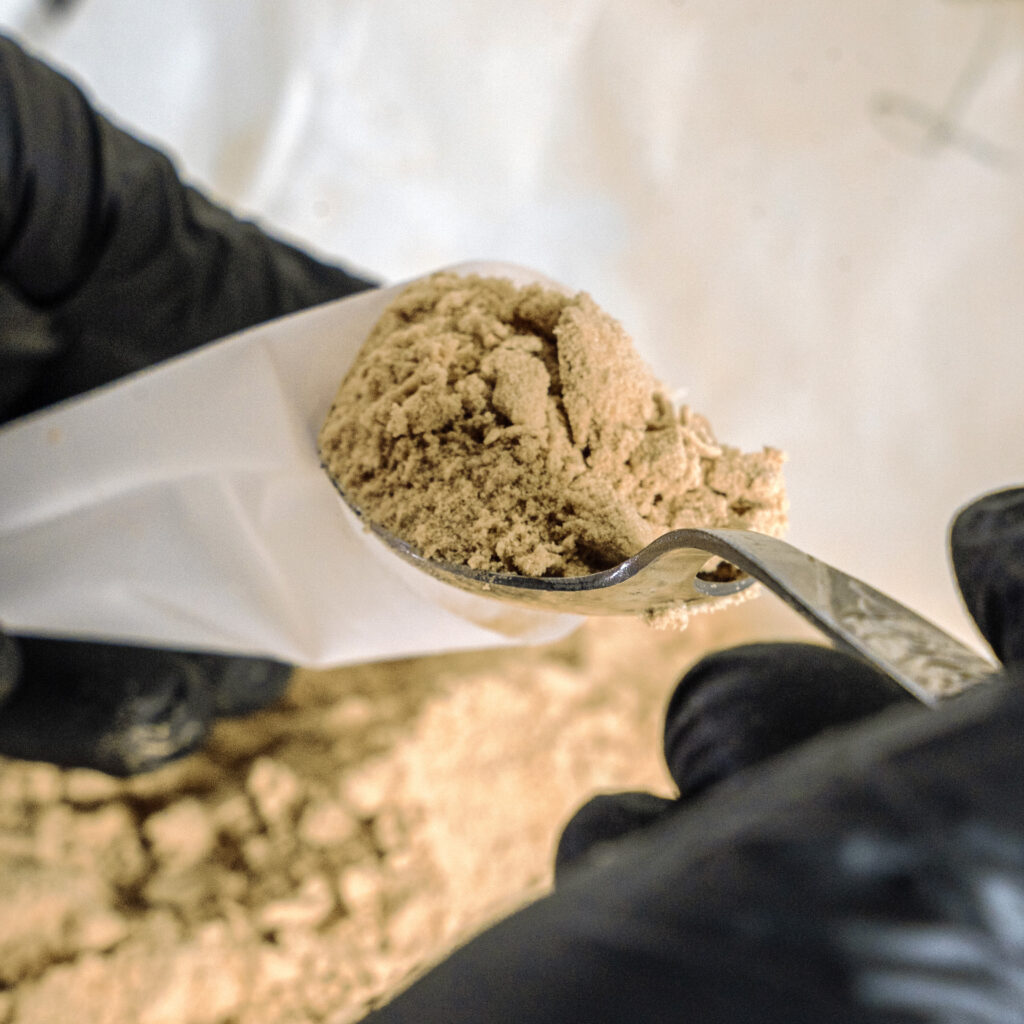
Mastering Rosin Pressing: Key to Quality, Yield, and Potency
Rosin pressing is a simple process, but involves many different variables which can influence the quality of the product you produce, its potency, clarity, and yield. Ensuring you have the right blend of equipment, pressure, temperature, material quality, and humidity to optimize your rosin extraction strategy is crucial to generating the best results.
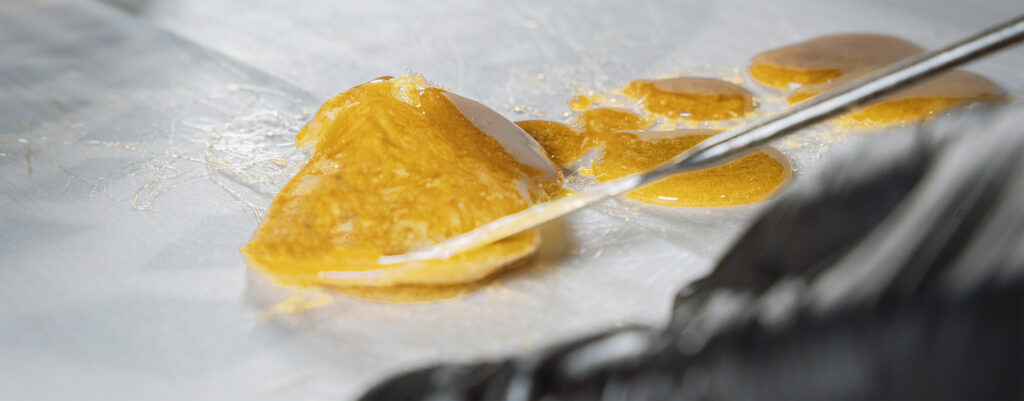
Connect with an expert today.
At Triminator, we offer a comprehensive collection of equipment options for pressing quality rosin. Our solutions can adapt to both small and large operations, giving you exceptional control over pressure and temperature and helping you to scale your operations.
Learn how you can optimize the yield, clarity, and potency of your cannabis rosin or about our collection of products.
Like what you read?
Get more insider industry knowledge sent right to your inbox
"*" indicates required fields